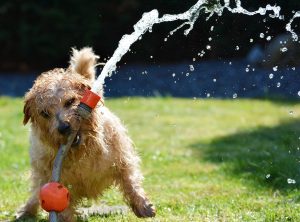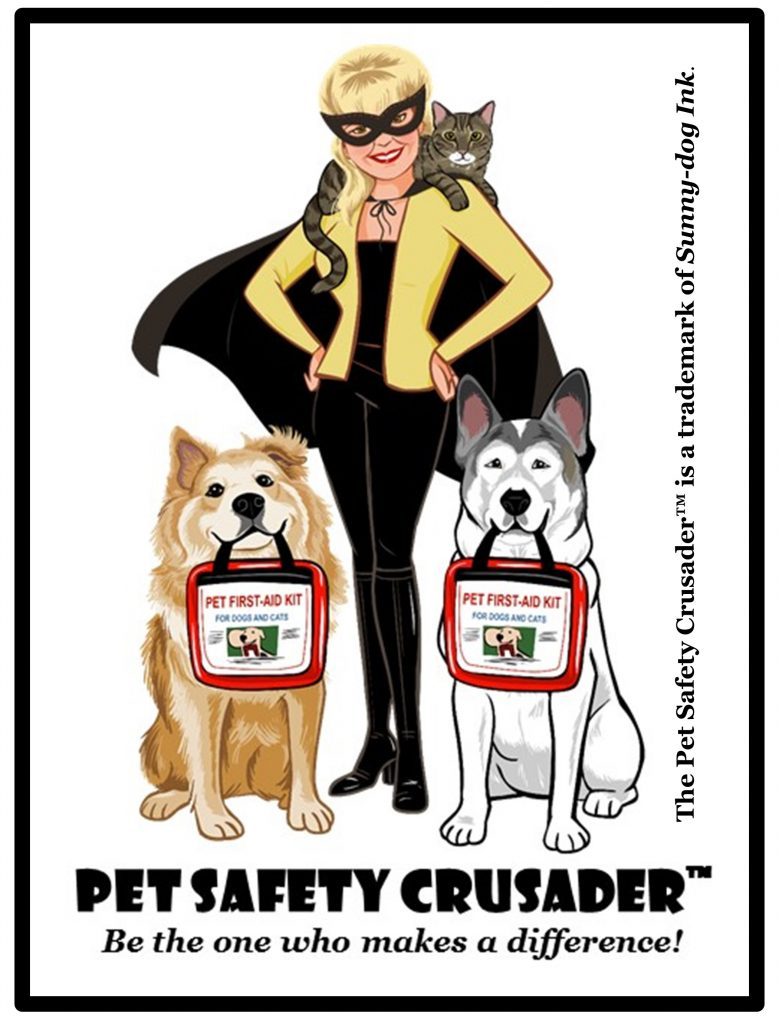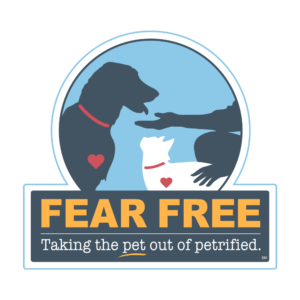A professional pet sitter has both the care of your home and your pets as their top priority. It is a given that your pet sitter will provide your pet care, but did you know that they will also water your plants, collect your mail, and along with other extras? Here is a list of the complimentary pet sitting Extras extras Top Dog Pet Sitters offers along with a pet sitting reservation.
Watering Plants
We may not have a green thumb, but we would be happy to water your plants while you are away. We can water your indoor & outdoor plants as long as you provide us with the exact instructions for care. There may be an additional fee added if your garden or plant collection takes away from the care of your pets, but in most cases the service is complimentary!
Trash & Recycle
Not placing your trash and recycle out for pick up like you do every week can be a tell tale sign you are not home. Leaving trash bins full until your return could result in yucky smells, bugs, and rodents. Placing your trash and recycling out for pick up is just one of the complimentary pet sitting extras we offer! Just let us know your pick up days and we would be happy to follow through!
Home Security
Giving your house an “at home” appearance is one of the perks of hiring a professional pet sitter. As one of our complimentary pet sitting extras, we offer light & curtain rotation service, as well and TV & radio for sound. Making your home appear to have someone there may be a deterrent to potential burglars. We even offer this service those homes without pets! Ask about our house sitting services by visiting our contact us page.
Feeders for Backyard Birds
Are you one of the many people who enjoy a backyard bird hobby? No need to be worried that your little-feathered friends will find a new feeder while you are away! We will happily refill bird feeder and bird baths while you are gone.
Mail, Newspaper, & Packages
Most clients do not realize we will check the mail, collect the newspapers, and bring packages at our visits. We don’t want your home to be a sitting target while you mail & newspapers pile up and we know how crafty some thieves can be about stealing delivered packages. That is why we offer these services. Please keep the deliveries with in reason, your pet sitter may not be able to carry in a large or heavy package.
Pools & Other Home Features
We may not be a pool service but we do know that the filter requires a clean basket in order to run effectively. We may not be an A/C company, but we know when your unit is not working properly. If you want us to be sure that things are running smoothly with some of your home’s features, just ask and we will let you know if that is a task we would be happy to add on!
Keep in mind our main concern is your pet. Therefore any complimentary pet sitting extras that will take away from the time your pet receives and the attention they deserve may have a nominal fee may be added to your invoice.
Written by Julie Gajewski, CPPS. Julie has been pet sitting and working in the veterinary industry as both a technician and hospital administrator since 1997. She is a pet business consultant and a guest blog writer for pet sitters across the world. She lives in Florida with her husband and furry children, 2 Pugs and 4 cats. You can find out more about Julie by visiting her website.






















